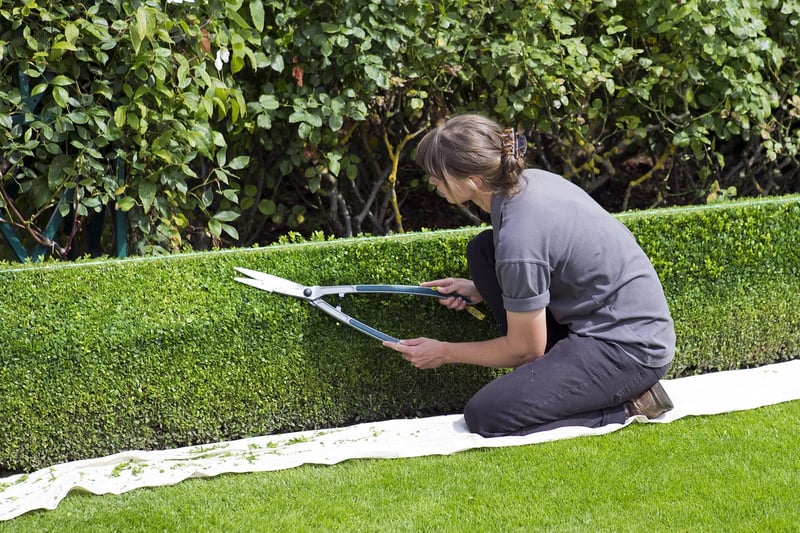Pruning and trimming
Keeping Your Greenery Thriving: The Art of Pruning and Trimming
Welcome to our guide on how to keep your greenery lush and vibrant through the essential practices of pruning and trimming. Whether you are a seasoned gardener or just starting on your green thumb journey, understanding the importance of these tasks can make a significant difference in the health and appearance of your plants.
The Benefits of Pruning and Trimming
Pruning and trimming are key maintenance activities that help plants thrive. Here are some benefits:
- Promotes healthy growth
- Encourages flowering and fruit production
- Improves air circulation
- Enhances the aesthetic appeal of your garden
When to Prune and Trim
Knowing when to prune and trim is crucial. Here are some general guidelines:
- Spring: Ideal for pruning flowering shrubs after they bloom
- Summer: Trim hedges and shrubs to maintain shape
- Fall: Cut back perennials and remove dead foliage
- Winter: Prune fruit trees to promote growth in the coming season
Pruning Techniques
When pruning, remember these essential techniques:
- Use sharp, clean tools to make precise cuts
- Remove dead or diseased branches first
- Prune at a 45-degree angle just above a bud or leaf node
- Step back regularly to assess the overall shape
Trimming Tips
Trimming helps maintain the size and shape of your plants. Here are some tips:
- Trim lightly to avoid overcutting
- Follow the natural shape of the plant
- Regularly remove excess growth to prevent overcrowding
Conclusion
Pruning and trimming are essential practices for any gardener looking to maintain healthy and beautiful greenery. By following the right techniques and schedules, you can ensure that your plants flourish throughout the year.
Remember, each plant may have specific needs, so it's essential to research individual species for tailored care. Happy gardening!

